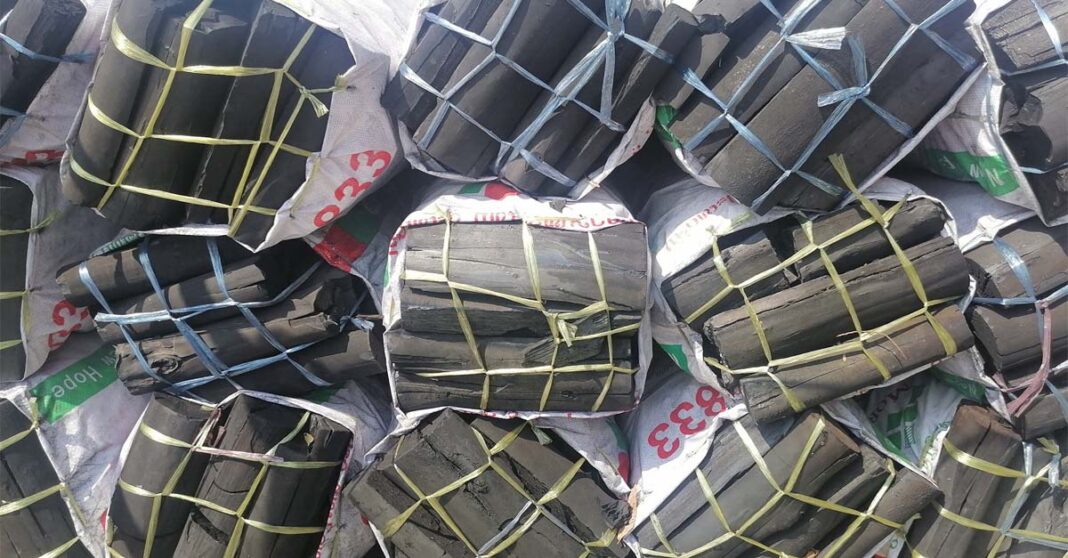Savannakhet Province’s recent decision to halt all activities related to coal production and use stirred controversy and discontent among residents, particularly those in rural areas.
The announcement, made by the provincial office on 14 March, prohibits wood cutting for coal, burning, selling, and transporting coal within the province. Despite facing backlash, the province has yet to provide a clear explanation for the new regulation.
The official notice not only bans coal-related activities but also restricts the Department of Industry and Commerce from issuing permits for coal transportation outside the province. Violators of the ban will face penalties commensurate with the severity of their actions.
The move has drawn significant criticism, especially from residents in rural areas across the province who rely on coal for cooking due to limited access to gas. Many argue that the prohibition is unjustified unless alternative means of cooking are provided. Social media platforms have been flooded with complaints, with users highlighting the importance of coal for rural livelihoods.
One Facebook user expressed, “The law would make more sense if it forbade people from cutting trees from conservation forests to make coal.”
They pointed out that coal is a crucial resource for those in rural areas and some restaurants, as it is not only affordable but also enhances the taste of certain dishes.
Critics have also questioned the government’s motives behind the sudden ban, calling for transparency and valid reasons to justify the decision.
“Provide a reason behind this new rule. Are you not selling enough gas? If you ban coal, how are we supposed to cook? Life in the countryside is different from the city. Not everyone has access to gas,” another user commented.
While the province aims to address environmental concerns, the lack of clarity and alternative solutions has led to widespread criticism. As the debate continues, many are calling for a more balanced approach that considers the needs of both the environment and the local population.



